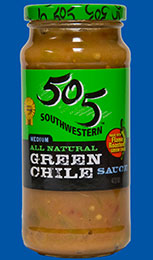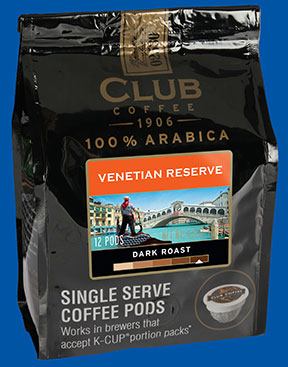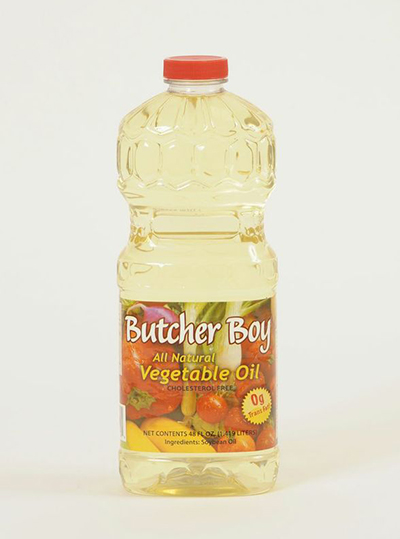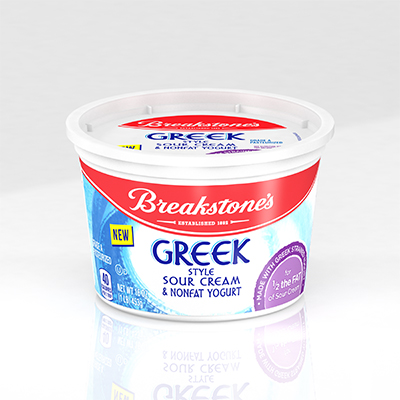The right relationship between newly acquired food companies and their new parent organization can make it possible for even smaller regional brands to make major leaps.
For many smaller food brands, being acquired by a larger food group is a right of passage, necessary for growth or even survival. Going through the acquisition process can be somewhat traumatic for smaller companies who, while going through the many considerations of price, timing and structuring of the transaction, may not find the best possible fit.
“A good fit between smaller brands and larger players requires a certain chemistry that will ensure the smaller company can maintain its passion, authenticity and entrepreneurial spirit after the acquisition – factors that are often vital to a prosperous merger,” says Rob Holland, CEO of Flagship Food Group (Los Angeles).
Holland acknowledges that product category is often a main consideration in the relationship. For example, when Snyder’s-Lance acquired Snack Factory, it provided entry into the deli-bakery section of grocery stores, an attractive and growing retail area for snacks. Or, when Post Foods acquired Attune Foods, a San Francisco, Calif.-based natural and organic cereals company, it gave them access to the burgeoning market for cereals and snacks that are natural, organic, gluten-free or GMO-free.
“There are also many cultural facets to the ‘right’ chemistry,” Holland says. “Those may include keeping the right people in place, maintaining brand identity in the core market, and having the necessary resources to achieve synergy between the parent and small or niche company.”
An example of these cultural facets can be found in the performance of 505 Southwestern Chile Sauces, a small, regional brand that Holland’s company purchased a few years ago. 505 produces green chiles, salsa, marinade and sauces. The brand was integrated with Treasure Valley Food Group, one of Flagship’s primary units.
“When we acquired the brand, it was mostly sold in Colorado and New Mexico,” explains Ray Gadd, head of marketing for the retail division. But some of these sauces appeal mainly to taste pallets in certain regions of the country,” Gadd explains. “While we intended to grow the brand through distribution and added product, we recognized that it was important to keep the focus on all natural, authentic ingredients. And we ensured that 505 would continue with grassroots cultural involvement, including participation in events such as hot air ballooning, NASCAR, and NFL football tailgate parties.”
Although 505’s sales have doubled through Flagship’s added distribution, the company is continuing to leverage the authenticity and appeal of the original recipe.
“We are now profiling the taste preferences of the total U.S., which will help us in developing new business strategies and new products that will facilitate expanded distribution of the brand to new geographic areas,” Gadd explains.
 Gadd says the company’s formulators are creating a new formula for 505 Southwestern, Fiesta Sauce, which aimed at the growing nationwide market for southwestern-Hispanic foods. Among other ingredients, this recipe includes the chiles, roasted peppers, black beans and corn.
Gadd says the company’s formulators are creating a new formula for 505 Southwestern, Fiesta Sauce, which aimed at the growing nationwide market for southwestern-Hispanic foods. Among other ingredients, this recipe includes the chiles, roasted peppers, black beans and corn.
A Chemistry Lesson
The acquisition of Treasure Valley, which became Flagship’s retail division, itself was a good lesson in acquisition chemistry.
“It was a little over five years ago that we decided to put our company on the market, and we had in-process interviews with several prominent companies,” explains Gary Lim, head of Flagship retail division (formerly, CEO of Treasure Valley). “Several of them focused on numbers and the reasons why things went well or didn’t go well with our plans. We were a bit frustrated by that. Some of the other equity groups that we interviewed did not have any food investments. But even among some that had food investments, the way they functioned as a food group was not very hands-on.”
Lim says the solution for a successful acquisition was for Treasure Valley to find the right relationship with a partner that would provide the needed resources and corporate leadership, and would share a similar vision.
“A great deal of the success of a company is based on chemistry,” says Lim. “When you get it right, a lot of good things happen. We felt the same way when we were being acquired. In order for us to continue on the same path, we needed to have the right mix with our partners, just as we had in growing our company from the beginning.”
Lim and the other Treasure Valley owners found that vital chemistry with CREO Capital Partners (Los Angeles) who were in the process of developing Flagship Food Group.
“They were much more interested in what made our company successful since the beginning,” Lim explains. “They shared with us what they had done with the food companies they had taken on, and we learned right away that they were engaged and involved. They were also willing to give us the latitude to make our own decisions and continue in the same direction that had made us successful from the beginning.”
Five years ago, just before the acquisition, Treasure Valley had annual sales of approximately $30 million. At the end of last year, sales were close to $80 million.
Complementary Resources
 In many instances a newly acquired small brand is dependent on the parent organization including vital resources, such as packaging, logistics and broker networks.
In many instances a newly acquired small brand is dependent on the parent organization including vital resources, such as packaging, logistics and broker networks.
Treasure Valley depends on Flagship’s centralized packaging division, which handles new package designs, or takes current package designs and make sure that they translate well to a packaging substrate material – boxes or bags.
“They help the company identify what is the best packaging substrate for the category, whether for a retail grocery specialty store or big box chain,” Lim explains. ”They work with the customer to build a package design profile and then source the packaging production close to the customer’s manufacturing location, providing the benefits of highly-effective package design, quick turnaround, and very competitive pricing.”
Treasure Valley is planning to take full advantage of the same potential for synergy with it’s SQF Level III certified USDA chicken processing facility in Georgia. While this is predominantly a foodservice business that supplies some of the nation’s top restaurant chains, it will also produce chicken under Treasure Valley’s Su Ming and TJ Farms brands, which have substantial brand equity.
“We are now taking advantage of the components of the whole Flagship family, and that makes perfect sense,” says Lim. “We spent over $7 million last year on logistics. But by turning that over to our corporate logistics specialists, they will do that portion with the same type of passion that we do on the food side. So, it makes sense for them to handle it. In the process they will be able to save us substantial money.”
“I think it is of great value when a diversified food company can provide an acquisition the infrastructure, the connections and all of the components that are needed,” says Rob Holland. “They often don’t have the scale to have in-house logistics and in-house packaging, or a broker network or national sales team. But if the new parent organization is willing to provide those, that can make it possible for even smaller regional brands to make major leaps.”
For more information, contact Flagship Food Group, 12400 Wilshire Blvd., Los Angeles, CA 90025; Phone: 310-230-8600; E-mail: info@flagshipfood.com or visit the web site: www.flagshipfoodgroup.com







